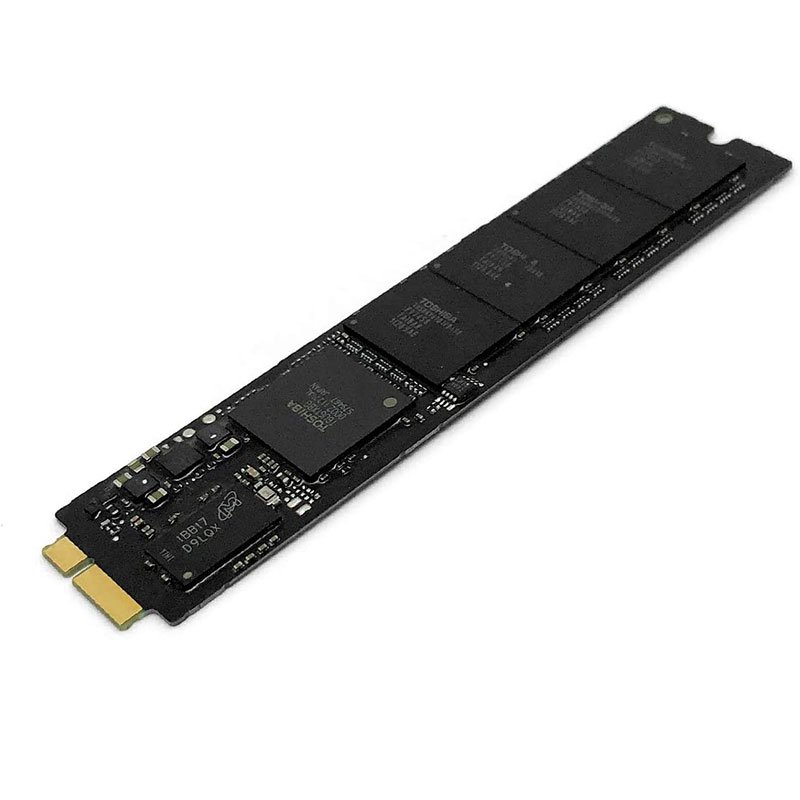

It's even faster than a two year old 15-inch MacBook Pro. The SSD makes the 13-inch MacBook Air far more competitive than it should be here. Apple really needs to find a way to get an Arrandale or Sandy Bridge into this chassisįor my Aperture test I simply timed how long it took to import 203 12MP RAW images into the library. But if you plan on doing real work, you'll be hampered by the performance of these systems.

The 13-inch MacBook Air performs as well as last year's 13-inch MacBook Pro. We're running the exact same benchmark here, basically performing a bunch of image manipulations and filters and timing the entire process.
2010 MACBOOK PRO 13 SSD WINDOWS
The Retouch Artists Speed Test we use for our CPU testing under Windows also works under OS X. The fact that there's a measurable difference between the 13-inch and 11-inch models shows you just how slow that 1.4GHz Core 2 really is. The 13-inch MacBook Air is the fastest standard shipping configuration Apple offers in this benchmark. The entire process stresses both the disk and CPU, which is why we see a huge improvement when going to an SSD as well as differences between CPU speeds. I launched, in order: Mail, Safari, Activity Monitor, iTunes, iCal, DVD Player, iPhoto, Photo Booth, Quicktime Player, Disk Utility, Preview, iMovie, Front Row, Garage Band and Aperture. I decided to take it to the next level and write a quick script to launch 15 applications in a row, timing how long the entire process takes. General OS usage is a difficult thing to quantify, but one measure of performance has always been the number of bounces an icon in the dock makes before an application loads. We’ll start with general application performance. I’m using the same tests I introduced in my Holiday 2009 Macbook Pro roundup and running on the launch hardware for each notebook listed in the charts. Luckily I’m in dire need of creative outlets so creating OS X benchmarks works for me. Note that for all-around computing, the SSD might actually outperform the 8GB memory, since some programs have modest memory needs, but access the drive significantly.Benchmarking under OS X isn’t difficult, you just need to get creative. The SSD is also a huge improvement, but having 8GB is a better choice than the SSD for this type of work. The gray bar is the standard Apple configuration- miserably slow performance.įor this workload, 8GB memory is clearly the best first-choice performance optimization. That’s because the problem size for the diglloydMedium benchmark used here approaches 16GB.

2010 MACBOOK PRO 13 SSD UPGRADE
But the MacBook Air is limited to 4GB (an upgrade at the time of ordering only), so a reasonable inference can be made as to the severe limitations for serious work with the ’Air.

Memory prices have plummeted for the 2010 MacBook Pro, so it’s foolish to even consider a 4GB configuration for a MacBook Pro. I do not in general recommend just any solid state drive as some have issues. I used the OWC 8GB memory kit and the OWC solid state Mercury Extreme Pro and Pro RE drives for this test. As a proxy for all these tasks, the diglloydMedium benchmark was used as a reliable way to test the limits of drive speed and memory.
2010 MACBOOK PRO 13 SSD HOW TO
How to get BIG performance gains by upgrading the memory and drives in your MacBook Pro.įocus here is on demanding tasks, such as Adobe Photoshop editing, Lightroom 3 and video. Send Feedback Related: hard drive, how-to, laptop, MacBook, MacBook Pro, memory, Photoshop, RAID, RAID-0, software, SSD, storage


 0 kommentar(er)
0 kommentar(er)
